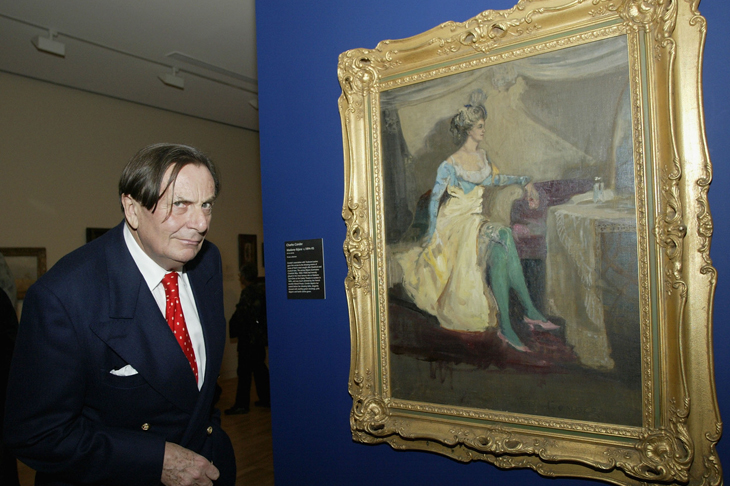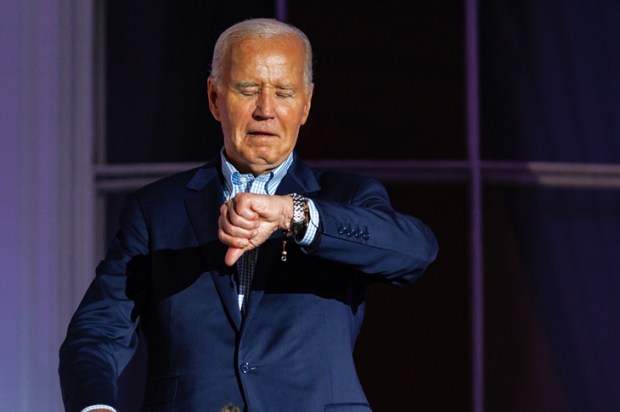It is a rare thing in today’s woke world not to be disappointed by our cultural institutions. Thus, on a recent trip to the Art Gallery of New South Wales’ Sydney Modern Project, I was not disappointed to find it bereft of both art and visitors. I was, however, extremely disappointed to discover the iconoclasts have been hard at work in the 153-year-old gallery next door.
Already a subscriber? Log in
Subscribe for just $2 a week
Try a month of The Spectator Australia absolutely free and without commitment. Not only that but – if you choose to continue – you’ll pay just $2 a week for your first year.
- Unlimited access to spectator.com.au and app
- The weekly edition on the Spectator Australia app
- Spectator podcasts and newsletters
- Full access to spectator.co.uk
Unlock this article
Dr Bella d’Abrera is the Director of the Institute of Public Affairs’ Foundations of Western Civilisation program
You might disagree with half of it, but you’ll enjoy reading all of it. Try your first month for free, then just $2 a week for the remainder of your first year.















Comments
Don't miss out
Join the conversation with other Spectator Australia readers. Subscribe to leave a comment.
SUBSCRIBEAlready a subscriber? Log in